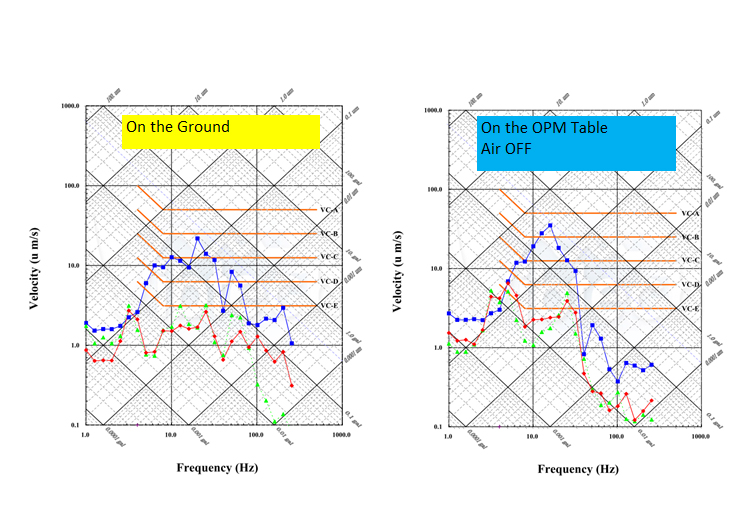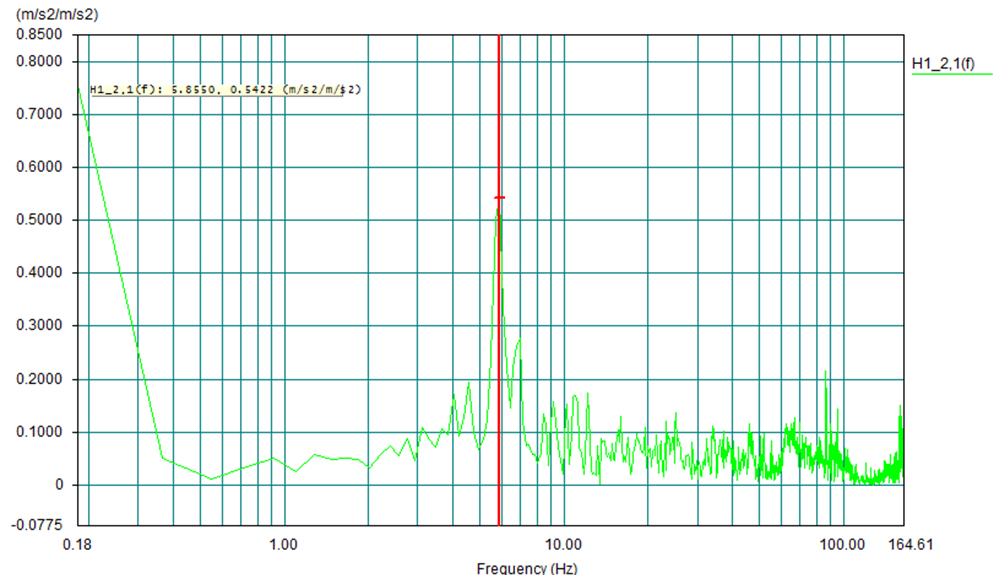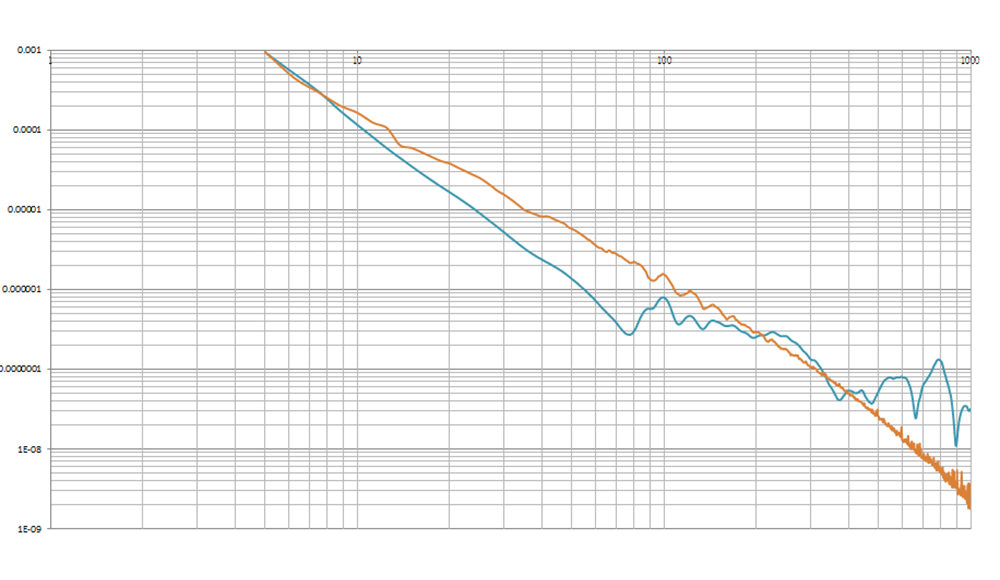- Home
- Products
- Optical Tables & Isolation Systems
- Optical Table Systems
- Optical Table Systems Test Report
Optical Table Systems Test Report
When precision measurement equipment and systems are in operation, such as high-magnification microscopes, ultra-fast laser optical systems, holographic experiments, semiconductor inspection equipment, interferometer systems, and atomic force microscopes (AFM), environmental vibrations can lead to measurement errors or experiment failures. The OPMount optical table effectively isolates the impact of environmental vibrations.
Commonly used materials for optical tables include granite, stainless steel, and iron plates. The internal structures include grid and honeycomb patterns, each with its own advantages. However, these structures, accompanied by increasing product weight, necessitate consideration of the load-bearing capacity of the floor, especially in environments like laboratories or cleanrooms. OPMount adopts a honeycomb structure, achieving a good balance between vibration suppression effectiveness and table weight. This significantly reduces the weight of the table while providing excellent resistance to compression and tabletop rigidity.
Commercial optical tables typically use a single or double airbag as a damping system, which is effective only for vertical vibrations, neglecting the impact of horizontal vibrations. This issue affects the damping effectiveness of optical tables. To address this problem, OPMount introduces a pendulum structure in the LTA and LTB table leg designs to suppress vibrations in the horizontal direction.
Vibration Damping
All OPMount optical tables undergo vibration testing before leaving the factory to ensure that customers' tables have effective vibration damping capabilities. We use tapping hammers and sensors to measure tabletop vibrations, and data collection and calculations are performed through spectrum analyzers (Note 1). Additionally, sensors placed on the ground and tabletop provide insight into the overall equipment's effectiveness in vibration suppression (Note 2).
|
|||||||||
Spectrum Analyzer (Note 1)

Optical table not working
|
|
The optical table is functioning
|
|||||||||||||||||||||||||||||||||||
|
| Products | Part No. | Deadline | Price | Quantity | Cart |



.jpg)